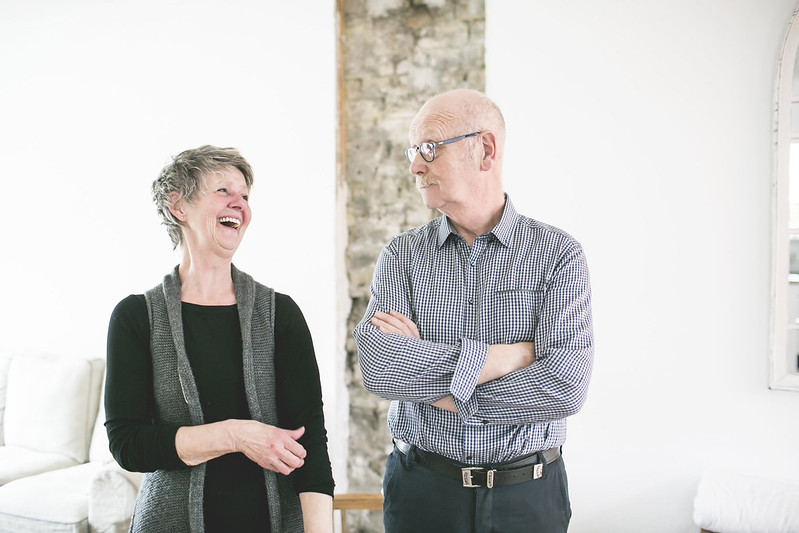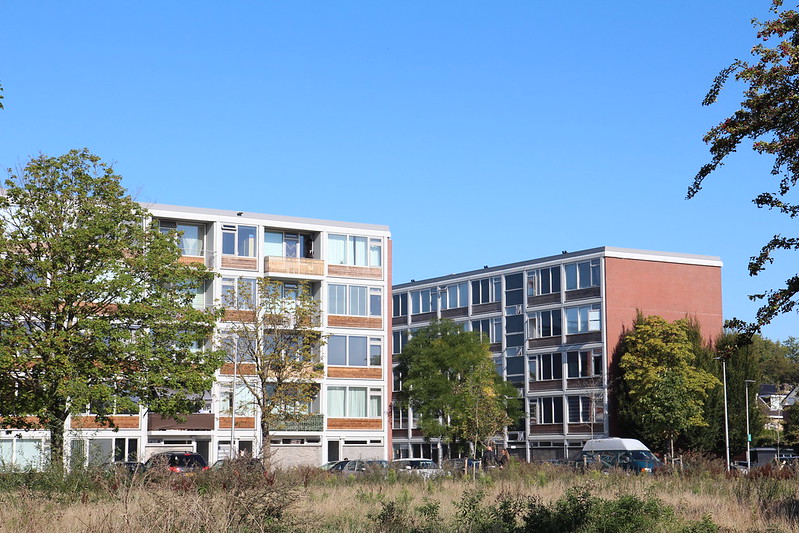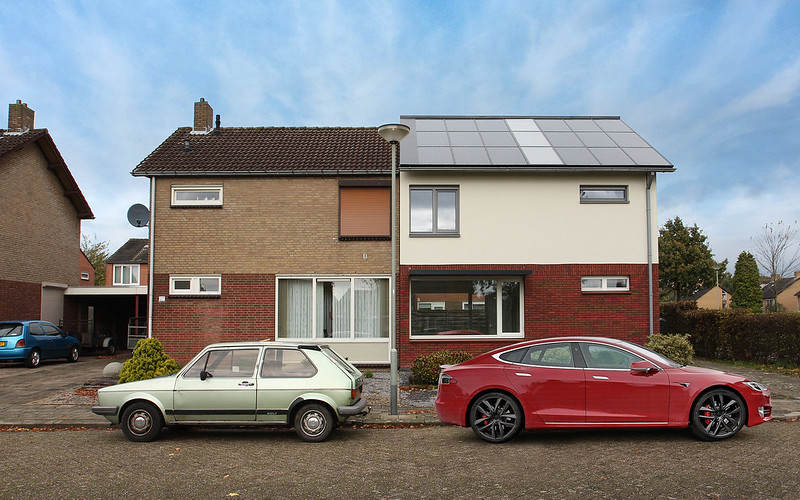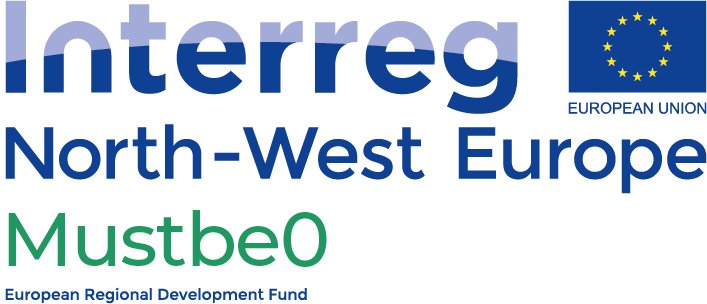Photo by Sophia van der Hoek
It’s Not Just a Façade… A Not So Conventional Approach to Creating Energy Efficient, Comfortable Homes

In principle, the idea of retrofitting homes to net zero sounds appealing enough. But the cost of implementing deep energy upgrades that might cost 45-60,000 Euro per home has long been a non-starter whether you’re an individual homeowner at one end of the scale… or manage thousands of rental units at the other. At either end of the spectrum, the potential long-term energy savings are often trumped by the up-front costs.
Historically, the home renovation industry has taken somewhat of piecemeal, reactive approach to home renovations, tackling everything from small jobs like replacing a door or window to larger projects like putting on a new roof, based on the short-term needs (e.g., you can’t close the window; the roof is leaky). But Energiesprong’s Sanne De Wit (who bears the creative title ‘head of ideas’), says that particularly with housing developments, this ‘squeaky wheel gets the grease’ approach has been made worse by awarding jobs to the lowest bidder, especially if it means using substandard products. Furthermore, this process has done little to incentivize product innovation within the housing sector.
Going from One-offs to Whole House Retrofits
In response to these challenges, Energiesprong has created a long-term whole house retrofit program, that gets homes to net zero and includes an unprecedented 30-year warranty for the work that’s done. All of this is paid for by an innovative financial model that’s made more unique by the fact that no subsidies are involved. One way of going about this as De Wit explains, is that “instead of the tenant paying the utility company, you set it up so that they make their payments to their housing corporation. And if they do that for 30 years… then you might have the equivalent of 30-40,000 Euros to invest toward getting that unit to net zero. And then if you add in the maintenance budget which you have to spend anyway to keep a house liveable (whether it’s a renovation when you buy a house, or a replacement of roofs and windows every 30-40 years housing organisations do), that gets you to 60k per house, suddenly you have a business case to go to market with.” From there, by providing a 30-year warranty on the work to be done, it provides the housing organization with the ability to procure the necessary up-front financing.

Photo by Bureau Door
Piloting the Way to Net Zero
Putting words into action, Energiesprong in partnership with site owner Arsago Group and the City of Hameln are responsible for Germany’s first multi-family retrofit to net zero, using prefabricated roof and façade elements, insulation, solar photovoltaic systems and heat pumps. And at another site in Utrecht, Netherlands, Energiesprong in partnership with the Housing Organisation Mitros, initially transformed eight homes to net zero, which paved the way for similar retrofits to an additional 252 apartments and 15 homes. Beyond the energy upgrades, which for the Utrecht homes translated into a drop in energy usage from 225 kWh/m2 down to 50 kWh/m2 per year, quality of living renovations included new kitchens, bathrooms and new interior paintwork.
The rationale behind these ‘extras’ as De Wit explains is “we’re not approaching the projects from just a technical/climate point of view. It’s much more than that. This is an opportunity to really rethink how people live and creating homes residents can be proud of.”
Energiesprong’s Sébastien Delpont says the social aspect of these retrofits is just as important as the energy savings, particularly for public housing projects. Upon completion “they don’t look like social housing anymore,” he observes. “So it changes how people are perceived in the community.” And ultimately, the mark of a good social housing retrofit, is “one where you cannot tell that it’s social housing… you just see quality that helps to (positively) change the face of the neighbourhood.”
Putting People in the Process
Yet another key consideration in the retrofit process is to rethink how the work is done to minimize the inconvenience that residents ultimately bear the brunt of. “It’s not good enough to just say ‘hey we have something great for you’, without recognizing from the start that it’s going to be pretty disruptive for these people,” observes De Wit. “It’s also critical that we listen to their concerns, such as addressing such fundamental quality of living challenges as cold, leaky buildings, excessive moisture and noise due to lack of proper insulation. Getting the resident’s perspective is something we never really did in the past – especially with social housing refurbishments.”
Putting themselves in the shoes of these residents, the approach of Energiesprong and its builder and supplier partners, is to fast-track the retrofit process as much as possible, from prefabricating exterior roofs and facades offsite that can be installed more quickly than onsite construction, to embracing best practices to streamline the retrofit process. For example, worker bodycams are sometimes used to monitor and analyze how to speed up the process and these findings are then deployed for future projects.
If there is a common thread to all of this, it’s that from one project to the next Energiesprong is doing its part to create more livable, more energy efficient homes and neighbourhoods, while serving as a catalyst for change in the building sector.
To get there, Delpont says the industry needs to continue to attract innovators who are willing to work together to develop new applications and breakthroughs in technology. But he wonders aloud “can we make retrofits attractive and challenging enough that engineers see that the future of technology is in creating more sustainable homes versus building the next racing car?” And at the same time “can we convince members of the public to want to have a more efficient home versus wanting to buy a bigger car?”
Ultimately, Delpont says whether it’s attracting industry innovators or creating a groundswell of end user demand, “in many ways it comes down to a battle of the battle for people’s hearts and minds.”

Photo by Bureau Door
